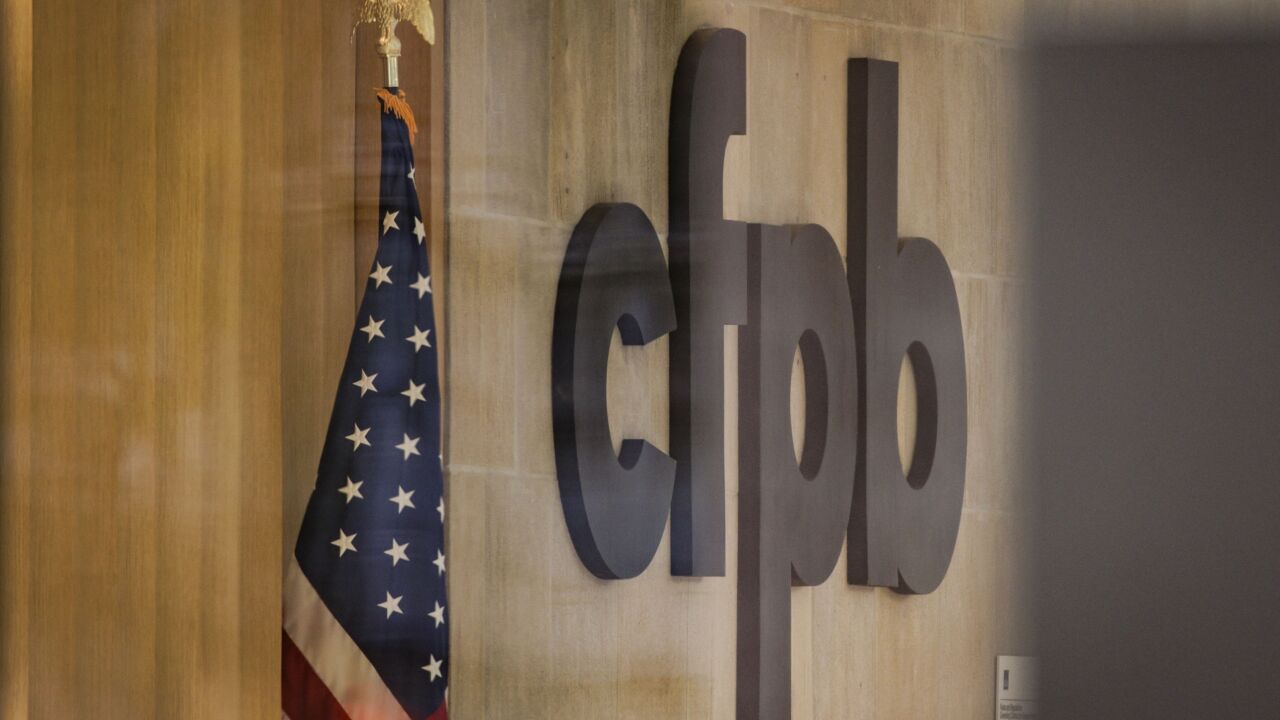In February, the payments world turned "Electric Orange," a move that should concern any bank still locked in a 20th-century approach to its checking-account product management. That's when ING Direct scheduled the rollout of its online-only checking account, originally dubbed e-Orange, but now commonly known by its more colorful nomenclature.
Checking is new to the Dutch banking giant and marketing powerhouse, and its online access gives account-holders the ability to conduct transactions electronically and even print paper checks at home if they want.
ING Direct's move isn't unique, and it certainly isn't the only large international bank to venture into this space. But the bank's step is one more indicator of how checking accounts have changed in the eyes of consumers and their banks. Electronic payment capabilities, including increasing debit cards and online bill-pay, have fundamentally altered traditional checking accounts, long considered one of the core products binding customers to their financial institutions. Banks that haven't reinvented their checking accounts to better serve their customers, thus more firmly sealing them to the institutions, may soon find they have fewer customers about which to worry.
As the foundation of customer loyalty, checking accounts have always provided a certain "stickiness" that kept customers from bank hopping in search of lower fees and better rates. Customers' ease of reordering checks and fear of navigating the messy account-conversion steps often overrode any benefits of changing banks.
However, with the advent of electronic transactions, new "switching" software, and increasing competition among banks and other financial service providers, much of that stickiness has largely become unstuck. Current services provided with checking accounts have begun to lose their ability to bind customers to the institution. Electronic transaction growth that lies at the heart of increased customer portability, particularly debit card growth, continues at a rapid pace.
Recent research bears this out. According to a recent Novantas study, debit-card usage will rise to 22 percent of all U.S. consumer transactions by 2015, up from 12.5 percent in 2005, thanks to the proliferation of point-of-sale electronics and decreasing costs of supporting telecommunications. Much of that growth will come at the expense of paper checks and cash, which will drop to 31 percent from 52 percent of the household payment mix during that same period.
Now that checking accounts have been reduced to commodity status, it's clear that banks will succeed in customer retention and deposit growth only by giving customers a more prominent role in the process, by offering individualized and more relevant services for today's electronic world. Customers are demanding a more customer-centric delivery model where products and services are properly integrated into their lives.
Accessing the data contained within payment accounts-whether in electronic transactions, paper transactions or both-will be key to building customer loyalty; the account- transaction history becomes a way to shape offers appealing to individual account-holders. In other words, customer data, properly interpreted using digital marketing technology, contains critical insights for presenting services to secure the customer relationship.
Through the bank statement, financial institutions have access to the single most important pipeline to their customers, and banks can effectively use the statement as a conduit for education and marketing to forge financial partnerships with their customers.
The move to electronic payment methods from the traditional checking product is a great boon to those banks that learn how to use it. Improved digital marketing technology provides operational ease that can keep customers stuck on their bank.





